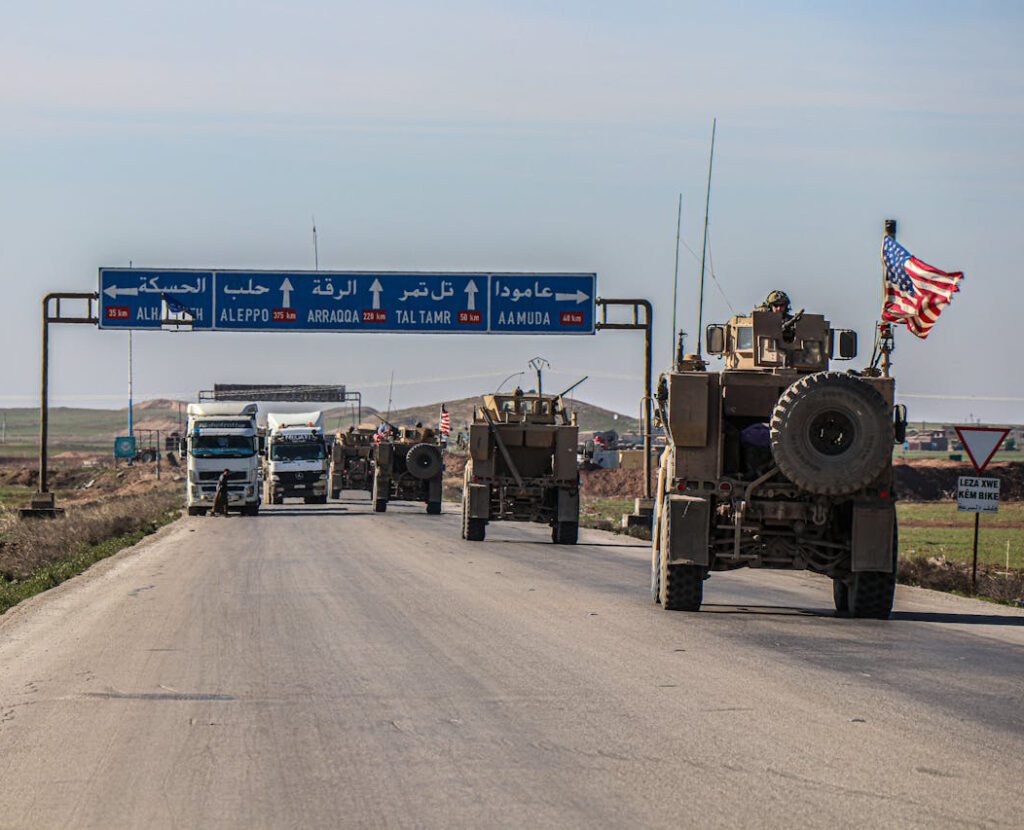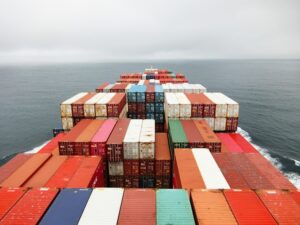Syria is ready to open its energy reserves to a global market, and the world is paying attention.
With the ouster of Bashar al-Assad and ongoing efforts to unite Syria under one government comes the prospect of a full resumption of extraction and refining in the country that was once the leading oil and natural gas producer in the eastern Mediterranean.
One complication is the current U.S. control of several oil fields and oil producing infrastructure. While U.S. strategists cite geopolitical reasons for maintaining control of the oil fields, incoming U.S. President Donald Trump has said in the past the only reason for a military presence in the country is to control its oil.
A return to Syria’s prewar oil and natural gas production could have major benefits for the country, as well as a somewhat smaller impact on global energy supply. Syria produced only about 0.5% of the world’s global oil production and about 0.2% of its natural gas in 2010, a modest contribution by Middle East standards.
A 90% cut in production
In the time before the Arab Spring, Syria’s economy enjoyed the stability of most petrostates. Syria produced nearly 400,000 barrels of oil per day, accounting for over a fifth of its GDP and the majority of its exports. Moreover, the nation has a proven supply of 2.5 billion barrels in reserves. Its gas sector was as vibrant as its oil, with a proven stock of over 8 trillion cubic feet of natural gas reserves and over 300 billion being produced daily.
The devasting conflict, however, saw production come to a near halt. Estimated production in 2023 was a mere 40,000 barrels daily. The 90% drop in production as well as other costs of civil war, have devastated the Syrian economy.
Historically, Syria’s biggest consumers have been Western markets. Before initiating sanctions against Assad’s government in Syria, Europe, as a whole, imported at least $3 billion worth of oil per year from Syria. The business relationship extended past Europe with a great number of international oil firms hailing from Canada, China, and India also operating in Syria’s energy sector.
Foreign occupation
The Syrian Civil war created a tense and disordered situation, leaving the country split among rebel groups and foreign actors alike. The Hay’at Tahrir al-Sham (HTS)-led rebels who ousted Assad in late 2024 have taken control of most of the war-torn nation and repelled most of the foreign occupiers—Russia through diplomatic channels and Iran’s Hezbollah proxy through armed resistance.
But American forces remain. Since 2014, the U.S. has been in control of several oilfields, a move it claims is necessary for maintaining and keeping resources away from hostile foreign governments and rebel groups, particularly the Islamic State.
The U.S. has been criticized, however, for its actions, as legal analysts argue the seizure serves as little more than an illegal occupation. Officials in the region have urged Washington to reconsider its policy as well as its broader sanctions on Syria. Syrian Minister Ghiath Diab said in early January that several oil wells remain “outside the administration of the Syrian state,” describing it as “one of the biggest and most prominent obstacles” facing the country’s recovery, according to Middle East Monitor.
U.S. statements regarding the occupation have increased concerns, particularly past statements from incoming President Donald Trump, who said his earlier decision to maintain troops in the region was only based on controlling the oil. “We’re keeping the oil. We have the oil. The oil is secure. We left troops behind only for the oil,” Trump said in 2019.
The Biden administration has stressed a different priority for maintaining a troop presence in Syria, citing a need for continuing the fight against Islamic State terrorists, which was first launched by President Obama in 2014.
Geopolitical shift
With Assad’s ouster, the geopolitical chess board has shifted once again, from the perspective of the major powers. Syria’s political leaders, angered by Russia and Iran’s backing of Assad, have largely turned their heads West—a development which undoubtably has officials across the political West eager to build connections.
From a U.S. lens, the opportunity to deny Moscow, and indirectly Beijing, political and economic benefits they have long enjoyed under the Assad regime is an exciting proposition. Per Simon Watkins of Oilprice, “the U.S. and its allies also understand the key role that Syria was to play logistically for Russia’s plans to expedite Iran’s long-desired ‘Land Bridge’ and for China’s broader ambitions for its ‘Belt and Road Initiative’ (BRI).”
In the EU, foreign ministers have agreed to meet on Jan. 27 to discuss dropping the sanctions against Syrian exports. The EU remained Syria’s biggest trading partner even during the sanctions, accounting for 8.7% of the country’s total international trade in 2020.
For Syria however balancing the interests of foreign players while trying to rebuild a nation recovering from a decade-long war may prove an arduous task.
HTS officials have stressed the need for foreign investment as the nation rebuilds, yet seeking investment and economic relationships with powers who may be at odds with one another may serve to alienate potential business partners.














